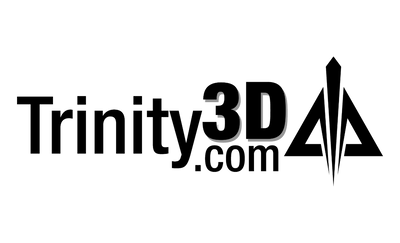Cloud Credits and you - The ins and outs of Chaos’ new credit-based rendering system
At the push of a button, Chaos has unleashed the mighty power of cloud rendering for users of V-Ray, let's dive deeper in this installment of the Trinity3D Blog.
Navigating tight deadlines has always been a major challenge of digital artists, especially freelancers without access to a render farm or side station. Long render-times create limits on how fast a product can be delivered, as well as how many frames you can deliver to your client on schedule. For those freelancers without access to a render farm, this can sometimes mean turning down lucrative jobs. But Chaos has a solution to that. What would have taken days on a side station will now take you a few hours with Chaos Cloud. At a max of 25 TB of data per 30 calendar days, and 100 frames simultaneously, Chaos Cloud comes to the rescue.
Chaos has released a sample scene for users to download and compare render times from their website. The idea is that you render one frame on your computer, then compare it to the low, HD, and 4K examples on chaos.com. This gives you a ratio of how your machine stacks up to the averages of Chaos’ Cloud render farm. You can then use this ratio to determine how long your renders will take on the Cloud. It's best to do a couple of renders at varying render intensities in your scene to come up with an average.
Math time: So you know how much time it will take, but how much is that going to cost you? Well, the preview example is listed to have rendered for 13 minutes and 53 seconds, and this cost 1.390 credits. Using that month, roughly 10 minutes of render time will cost 1 credit.
The Chaos Cloud free trial starts you at 20 credits, if you use them wisely you may get more than 20 jobs out of them. For premium and above, you will receive 20 credits annually.

